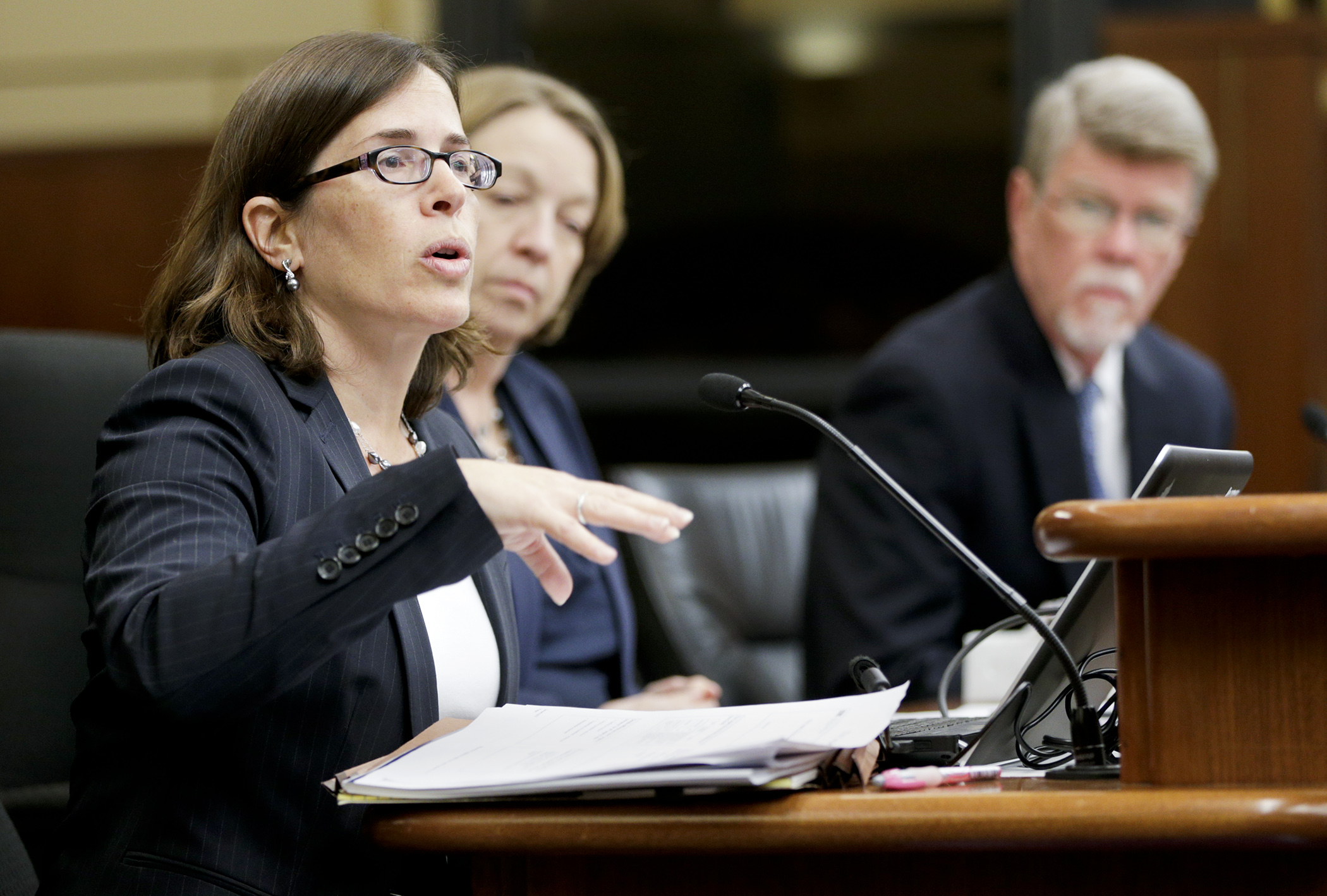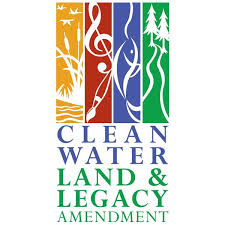Legacy committee talks ongoing challenges during first meeting

In the months to come, low-interest loans will help farmers improve water quality statewide, counties along the Cannon River watershed will benefit from land restoration, and low-income seniors in Bloomington will have improved access to the arts.
These projects, and hundreds more like them, will take place in Fiscal Year 2017 thanks to more than $334 million appropriated by the Legislature from the Legacy Fund – a dedicated revenue source created by voters in 2008 with the goal of improving Minnesota’s natural and cultural resources.
The Legacy Amendment, added to the constitution after that election, increased the state sales tax three-eighths of 1 percent for 25 years to provide additional revenue. Since its creation, the Legacy Fund has distributed more than $2.2 billion.

The House Legacy Funding Finance Committee received an overview of the fund Monday during its first meeting of the new biennium. Officials from the Office of the Legislative Auditor and Minnesota Management & Budget gave the committee an overview of fund’s history, structure and challenges.
Judy Randall, deputy legislative auditor for the OLA’s Program Evaluation Division, said her office had identified four ongoing concerns: conflicts of interest, achieving desired outcomes, supplementing rather than supplanting traditional funding, and administrative expenses.
Many of the issues are not new and, in fact, were highlighted when Randall authored the OLA’s evaluation of the Legacy Amendment in 2011. For example, constitutional language that requires Legacy money not be used to replace traditional funding is a source of ongoing debate and uncertainty.
“It’s not clear how to comply with this provision,” Randall said. “What constitutes a traditional source of funding and what happens when there are changes to those sources that are outside of the Legislature’s control … It gets convoluted and twisted and hard to track.”
Randall’s colleague, Cecile Ferkul, deputy legislative auditor for the OLA’s Financial Audit Division, said it was sometimes difficult for everyone involved to identify the line between when Legacy money could be used and spending that money was not appropriate. She said the OLA is looking forward to a “good discussion” with the Legislature this year to provide better direction on these issues.
Rep. Steve Green (R-Fosston) said the OLA should concentrate on identifying where violations may be occurring with Legacy Fund spending, and then it would be up to the Legislature to decide what should be done.
WATCH Monday's House Legacy Funding Finance Committee meeting
“This is really serious to me,” Green said. “I have many complaints from my district as to how the money is being spent.”
Legacy Fund Background
When the Legacy Fund began, four distinct funds were created within it and each receives a percentage of the tax revenue raised: Clean Water Fund – 33 percent; Outdoor Heritage Fund – 33 percent; Arts and Cultural Heritage Fund – 19.75 percent; Parks and Trails Fund – 14.25 percent. That funding started in July 2009 and will continue through June 2034.
The total distributions, by fund, during that time (according to a recent check of appropriations on the Legacy Fund website) are:
- Clean Water - $759.6 million
- Outdoor Heritage – $741.1 million
- Arts & Cultural Heritage - $441.9 million
- Parks & Trails - $317.7 million
The money that goes to each of these funds is constitutionally dedicated for specific purposes, they are:
Clean Water Fund
Money that flows to the Clean Water Fund must be used to fight groundwater degradation and protect, enhance and restore water quality in lakes, rivers and streams. Five percent of the money must also be spent to protect drinking water sources. The Clean Water Council helps oversee these appropriations.
Outdoor Heritage Fund
The Outdoor Heritage Fund must use the revenue it receives to restore, protect and enhance wetlands, prairies, forests and habitat for game fish and wildlife. The Lessard-Sams Outdoor Heritage Council recommends appropriations from the fund and oversees the resulting projects.
Arts & Cultural Heritage Fund
Revenue dedicated to the Arts & Cultural Heritage Fund must be used for arts, arts education and access and to preserve the state’s history and cultural heritage. Much of this money goes first to the State Arts Board or Minnesota Historical Society, which then distribute it through grants.
Parks & Trails Fund
Money in the Parks & Trails Fund must be used to support parks and trails of regional or statewide significance. Money from this fund is allocated using a 40/40/20 formula that distributes 40 percent to the Department of Natural Resources for state parks and trails; 40 percent to the Metropolitan Council for the Twin Cities; and 20 percent to the Greater Minnesota Regional Parks and Trails Commission.
Related Articles
Search Session Daily
Advanced Search OptionsPriority Dailies
Ways and Means Committee OKs proposed $512 million supplemental budget on party-line vote
By Mike Cook Meeting more needs or fiscal irresponsibility is one way to sum up the differences among the two parties on a supplemental spending package a year after a $72 billion state budg...
Meeting more needs or fiscal irresponsibility is one way to sum up the differences among the two parties on a supplemental spending package a year after a $72 billion state budg...
Minnesota’s projected budget surplus balloons to $3.7 billion, but fiscal pressure still looms
By Rob Hubbard Just as Minnesota has experienced a warmer winter than usual, so has the state’s budget outlook warmed over the past few months.
On Thursday, Minnesota Management and Budget...
Just as Minnesota has experienced a warmer winter than usual, so has the state’s budget outlook warmed over the past few months.
On Thursday, Minnesota Management and Budget...